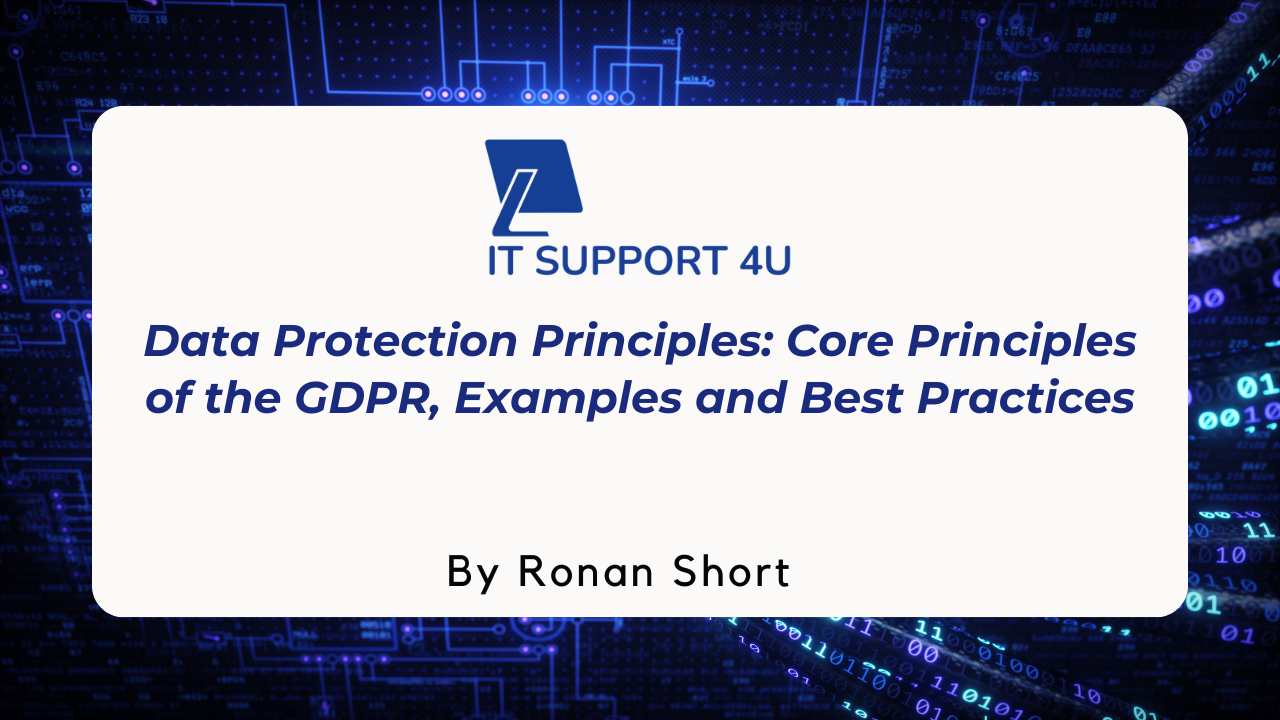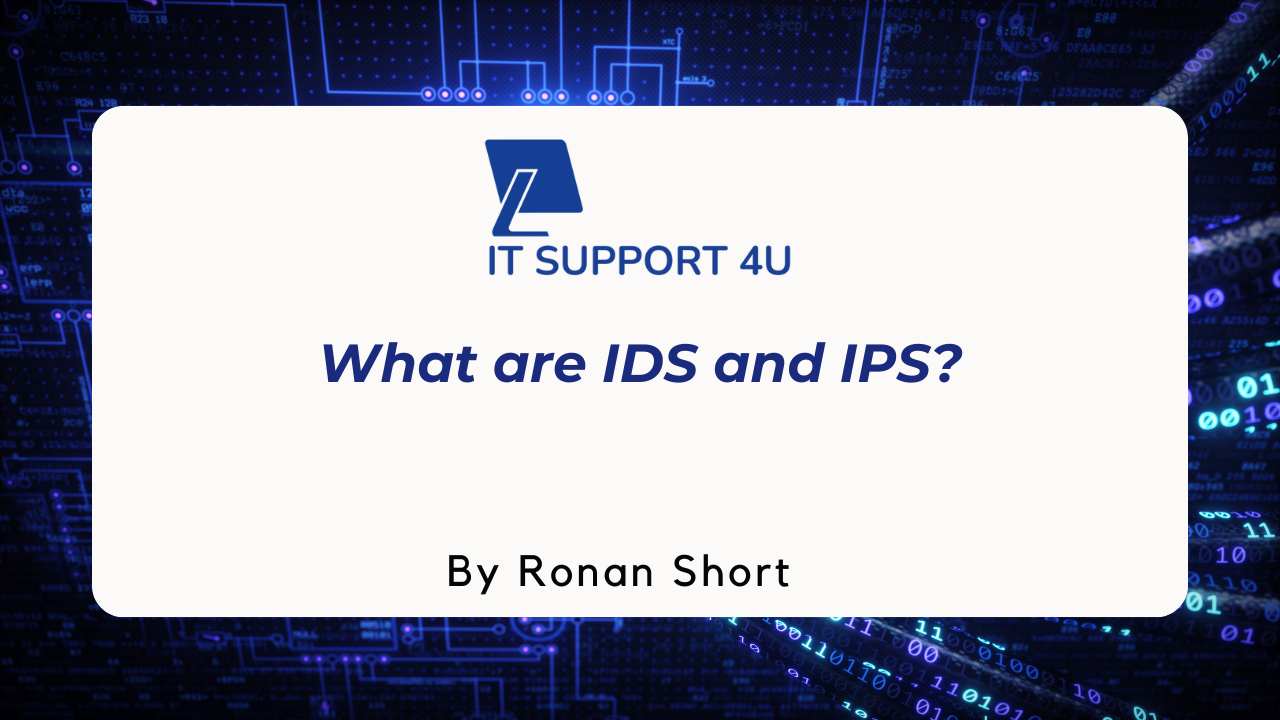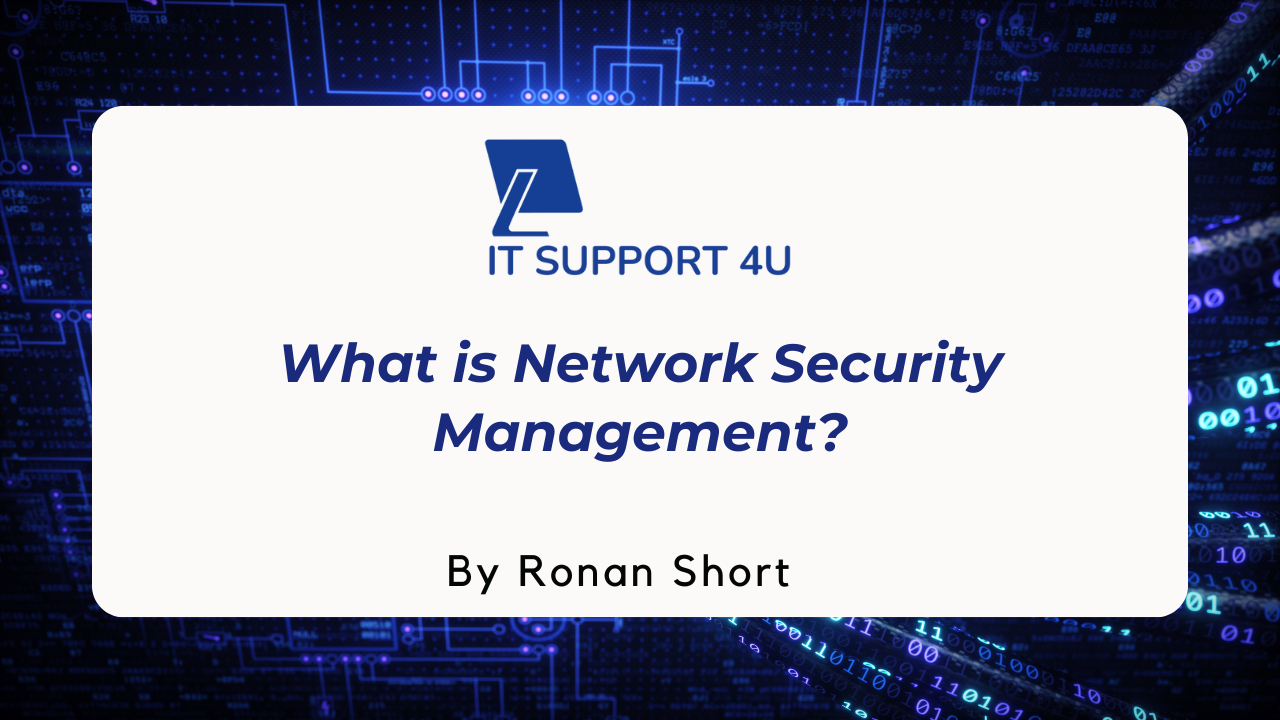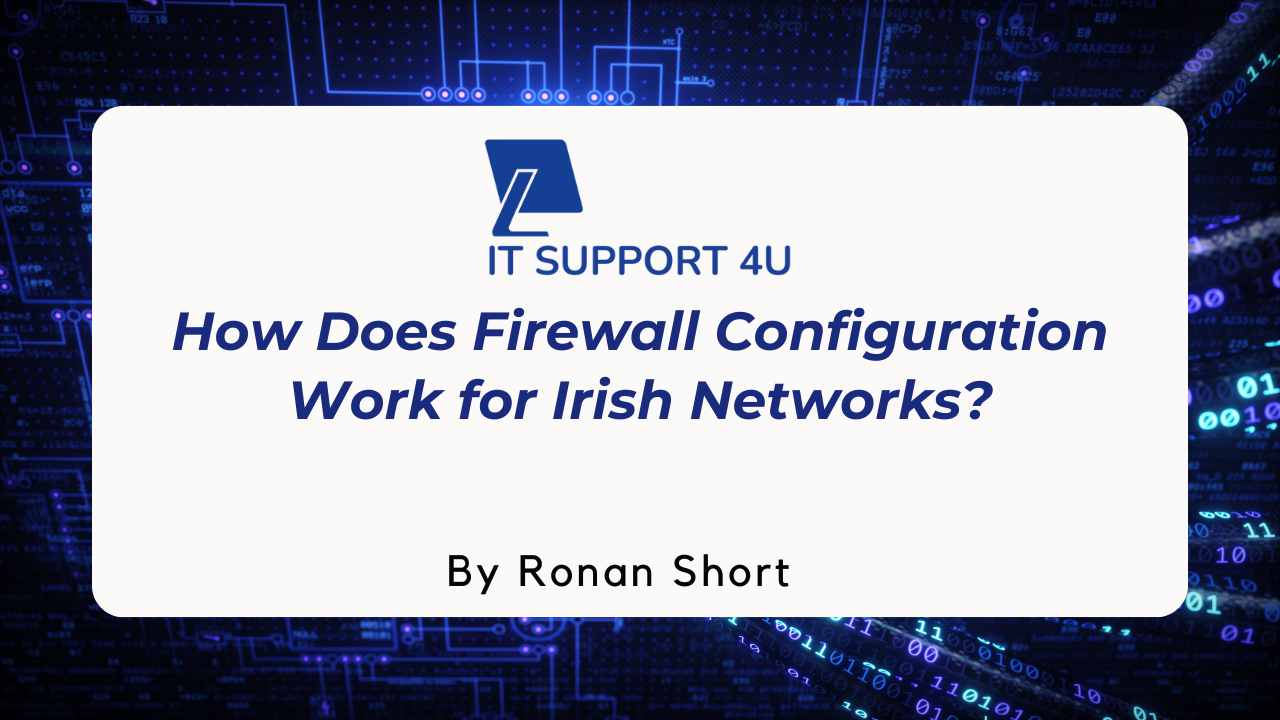In today's digital world, securing your email account is more important than ever. With cyber threats on the rise, an email account that's easy to hack can lead to serious privacy breaches and financial losses. Yet, there are simple but effective steps you can take to protect your information.
In this blog, we'll outline five necessary ways to enhance your email security, from using strong passwords to avoiding dangerous networks.
Whether you're new to technology or an experienced user, these tips will help you protect your email from unwanted visitors and keep your personal information safe.
Five Best Proven Ways To Secure Your Email Account
- Use strong and unique passwords
- Enable two-factor authentication (2fa)
- Beware of phishing attempts
- Keep your email client and security software updated
- Use secure networks to access your email
So, these are five essential ways to make your email secure. Let's discover how you can apply these security steps.
1. Use Strong and Unique Passwords
Creating strong and unique passwords is your first step in keeping your email safe. Let's look at what makes a password effective and how you can easily manage them.
What Makes a Strong Password?
A strong password is long, at least 12 characters long, and mixes letters, numbers, and symbols. Avoid simple words and easy patterns to make it hard for others to guess.
Tools and Tips for Managing Your Passwords
Using a password manager can make your life easier. These tools safely keep your passwords and can create strong, random passwords for each of your accounts. This means you just need to remember one main password. Using these tools can boost your security and make managing passwords simple.
2. Enable Two-Factor Authentication (2FA)
Adding two-factor authentication (2FA) to your email can make it much safer. Below, we'll explain how 2FA works to protect you and cover the most common methods you can use.
How Does 2FA Increase Security?
Two-factor authentication adds an extra check to make sure it's really you trying to log in. This extra step makes it tougher for hackers to get into your account, even if they know your password.
Popular 2FA Methods
The most common 2FA methods include SMS messages, app-based codes, and hardware tokens.
SMS sends a code to your phone; apps like Google Authenticator give a code that changes every few seconds; and hardware tokens are small devices that generate a new code at the press of a button. Each method adds a strong layer of security.
3. Beware of Phishing Attempts
Phishing attempts are tricky ways people try to steal your information. We’ll go over how to spot these suspicious emails and what steps to take if you think you’ve received one.
Recognising Phishing Emails
Phishing emails often look real but have giveaways like strange sender addresses or urgent requests for your personal information. For example, consider this phishing email:
Subject: Urgent Account Verification Needed!
From: support@yourbankonline.com (Note: Always check if the domain matches exactly what you expect. In this case, the correct domain might be yourbank.com without the "online.")
Email Content:
Dear Valued Customer,
We have noticed some unusual activity on your account and need you to verify your information immediately to prevent your account from being suspended. Please click the link below to confirm your identity:
[Verify Your Account] (Note: Hover over links without clicking to see the URL.). (If it looks suspicious or not related to the company, it might be a scam.)
Thank you for your prompt attention to this matter.
Best Regards,
Your Bank Customer Support
What to watch for:
- Urgency: The email creates a sense of urgency, pressuring you to act quickly.
- Link: The URL provided may not match the real URL of your bank. It's important to hover over links to preview the actual URL before clicking.
- Sender’s Email: While it appears official at a glance, slight variations in the email address (like adding "online") can be a red flag.
- Request for Personal Information: Real companies will not ask you to provide sensitive information through insecure platforms like email.
Always check for these signs before you respond or click on any links.
Steps to Take if You Suspect a Phishing Attempt
If you think an email might be a phishing attempt, do not click any links or download attachments. Instead, report the email to your email provider. Quick action can help protect not only your account but also help others from falling victim.
4. Keep Your Email Client and Security Software Updated
Keeping your email software and security programs up to date is key to protecting your account. We'll discuss why regular updates are crucial and how you can set up automatic updates to stay secure.
The Importance of Software Updates
Updates often fix or close gaps that hackers might use to get into your system. By updating, you're keeping your defences strong and ensuring that known weaknesses are addressed quickly.
Setting Up Automatic Updates
Setting your systems to update automatically means you won't have to remember to do it yourself. This ensures that your software is always using the most current version. Automatic updates are a simple way to maintain continuous protection.
5. Use Secure Networks to Access Your Email
Accessing your email from a secure network is crucial for keeping your data safe. Let's explore the dangers of public Wi-Fi and some best practices for using networks securely.
Risks of Public Wi-Fi
Public Wi-Fi networks are not very secure, making it easier for hackers to intercept your data. Using these networks to access your email can put your personal information at risk.
Best Practices for Secure Network Use
When using public or untrusted networks, it’s smart to use a VPN (Virtual Private Network).
A VPN creates a secure connection over the internet, shielding your activities from prying eyes. This is a strong step towards protecting your email and other sensitive information.
What Do I Do If My Email Is Hacked?
Discovering that your email has been hacked can be stressful, but there are immediate steps you can take to regain control and secure your information.
Let’s go through the essential actions to handle this situation.
Change Your Password Immediately
First, change your email password to something strong and unique. This is your first step in taking back control of your account.
Check for Unauthorised Changes
Look through your account settings for any changes that you did not make, such as altered passwords or added email forwards. Restoring these settings to their original state is necessary.
Inform Your Contacts
Let your contacts know that your email was compromised and to ignore any strange emails they might have received from you. This helps prevent the spread of the hack.
Secure Your Other Accounts
Since many accounts are linked through your email, ensure all your other accounts are secure. Update passwords and enable two-factor authentication where possible.
Contact Your Email Provider
Reach out to your email provider for help. They can offer guidance and help secure your account further. Getting professional assistance can make a big difference.
Conclusion
So, we've explored five key strategies to enhance your email security: creating strong passwords, enabling two-factor authentication, recognising and handling phishing attempts, keeping your software updated, and using secure networks. These measures are essential to protect your personal information from cyber threats and ensure your online safety.
If you need further assistance in securing your email or managing your online security, don't hesitate to contact IT Support 4U. Our team is ready to provide expert support and guidance to help you implement these security measures effectively. Reach out today to make your email account more secure!
Get an IT Plan Today!













